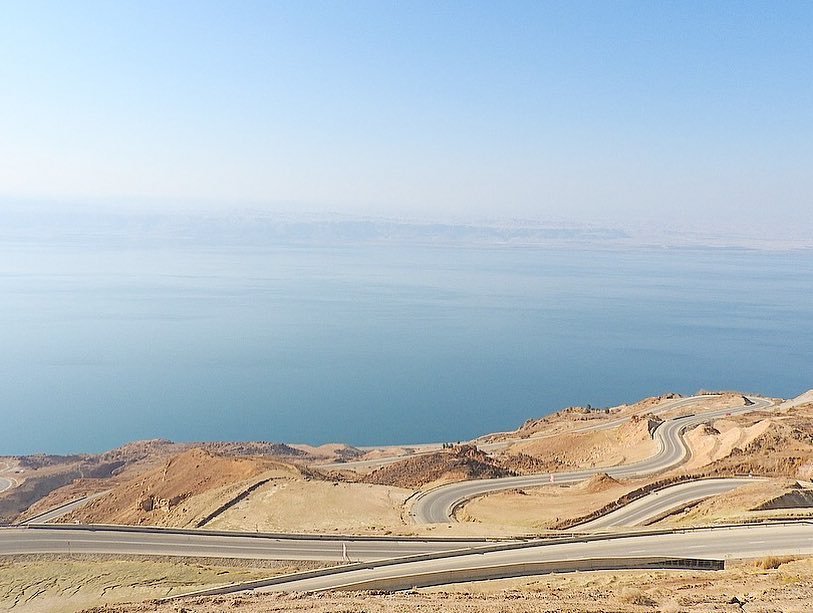| عنوان الرسالة : تطبيقات نظم المعلومات الجغرافية وأنظمة اتخاذ القرار متعددة المعايير في مشروعات الهندسة المدنية. | |
| عنوان الرسالة المترجم : Applications of Geographic Information System (GIS) and Multi Criteria Decision Analysis (MCDA) in Civil Engineering Projects | |
| اسم الباحث : Farraj,Ahmed Abdel Karim | |
| الدرجة : M.Sc. | |
| الكلية – القسم : Faculty of Engineering.Public works Department | |
| الجامعة : Ain Shams University | |
| التاريخ : 2018 | |
| الموضوع : Optimization | |
| المشرف : Diefallah,Marouf Ahmed,Ragab,Ayman Fouad | |
| الرابط : |
Civil engineering projects are not only provided for community services, but also as a part of nation’s financial business, health and quality of live. So, many factors should be taken into considerations during planning a suitable location for civil engineering projects, such as study area slope, soil type, land use, hydrology, development areas, traffic volume, and population. These factors and other govern the associated environmental, economic, technical and social concerns that should be related to any civil engineering projects. In addition, these different aspects and interests confuse the decision maker and as such complicate the planning process. Traditional decision making process is usually performed by manual methods on small scale maps. It usually depends on experienced engineers to repetitively evaluate various alternatives, which could result to wasting money, effort and natural resources.
Accordingly, this research focuses on enhancing the traditional decision making process by using Geographic Information Systems (GIS) and Multi-Criteria Decision Analysis (MCDA). GIS provides tools helpful in reducing the complexity of decision making due to its capability on storing data from different sources, manage and analyze huge amount of data. MCDA employed in arranging conflicted priorities and handling multi criteria problems. The most widespread MCDA methods are: Weighted Sum Method (WSM), Analytical Hierarchy Process (AHP), Ideal Point Methods and Outranking Methods. A comparison between all the methods according to advantages and disadvantages and clarification of the applications of each method in civil engineering projects were given.
A methodology was developed for the integration between GIS / MCDA using ArcGIS 10.1 tools. The proposed methodology was applied to a case study of road path selection in the Kingdom of Saudi Arabia. The data used in the research is: Slope, Land use, Water Streams, Road Network and Geology. These data were classified and buffered to be suitable for applying the criteria by using ArcGIS tools. Analytical Hierarchy Process (AHP) was selected for weighting the defined criteria which includes three main objectives (Economy, Environment, and Society). Finally, five suggested routes produced by applying the weighting process and by taking into consideration five different alternatives were identified.
To have meaningful and concise judgments on the results, the produced routes were evaluated according to three main evaluation analyses; the cost analysis, pollution and noise analysis and finally accessibility and mobility analysis. Another evaluation of the results was performed by comparing the proposed routes with the existing road regarding economy attributes. Results show the superiority of the proposed routes over existing one, where it achieves the shortest road length, less areas of land acquisition needed and shortest distance regarding of interference with rock which accordingly will reduce the cost of the project. In general, results indicate that the proposed research methodology for the integration between GIS and MCDA shall enhance and replace the tradition methods











